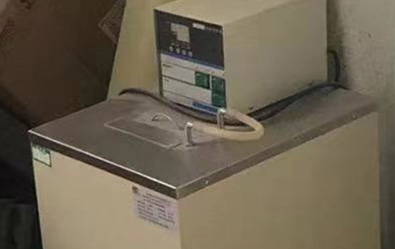loading...
- No. 9, Xingyuan South Street, Dongwaihuan Road, Zaoqiang County, Hengshui, Hebei, China
- admin@zjcomposites.com
- +86 15097380338
- Welcome to visit our website!
Understanding the Cost of FRP Grating Per Square Foot for Your Next Project
Understanding the Cost of FRP Grating per Square Foot
Fiber Reinforced Plastic (FRP) grating is making waves in various industries due to its high strength-to-weight ratio, corrosion resistance, and low maintenance requirements. As industries look for alternative materials for flooring, walkways, and platforms, understanding the cost associated with FRP grating becomes crucial. This article delves into the various factors that influence the price of FRP grating per square foot and its implications for businesses considering this material.
Factors Influencing Cost
1. Material Composition The cost of FRP grating can vary significantly based on the type of resin used in its composition. Common resins include polyester, vinyl ester, and epoxy, each having distinct properties and price points. Polyester resin is typically the least expensive, while epoxy resin offers superior strength and chemical resistance but comes at a higher cost.
2. Design and Configuration FRP grating comes in various designs, including different mesh sizes, thicknesses, and styles (such as molded or pultruded). Custom configurations can lead to increased costs due to the additional manufacturing processes required. Standard sizes might offer a more economical solution.
3. Surface Finish The surface finish of the grating also plays a role in pricing. Anti-slip coatings, color options, and fire-retardant treatments add to the overall cost. Businesses need to consider the specific requirements of their environment; for example, areas prone to spills might necessitate an anti-slip surface, which could push costs higher.
4. Quantity and Order Size Like many materials, bulk purchasing can lead to reduced costs per square foot. Companies may find that ordering larger quantities allows them to negotiate better pricing or take advantage of lower per-unit prices.
frp grating cost per square foot

5. Installation Costs Beyond the material cost per square foot, it’s essential to consider installation costs. FRP grating can be lighter and often easier to install than traditional materials, which can potentially lower labor costs. However, specialized knowledge or equipment might still be required for proper installation.
6. Market Fluctuations Pricing for FRP grating is also influenced by market demand, availability of raw materials, and transportation costs. Economic conditions, such as the prices of fiberglass and resin, can affect quotes given to potential buyers.
Average Pricing
On average, FRP grating costs range from $15 to $45 per square foot, depending on the factors previously discussed. It’s essential for businesses to obtain multiple quotes from suppliers to get a better understanding of the market. When assessing costs, companies should also factor in the longevity and durability of FRP grating, which can lead to cost savings over time when compared to traditional materials like steel or wood that may require more frequent replacement or maintenance.
Conclusion
Investing in FRP grating can provide numerous advantages, including lower maintenance, prolonged lifespan, and safety features, making it an attractive option for various applications. Understanding the cost per square foot is crucial for businesses looking to utilize this innovative material. By considering the various influencing factors, businesses can make informed decisions that align with their budget while also meeting their functional requirements. Overall, while the initial investment may seem high, the long-term benefits and reduced maintenance make FRP grating a worthwhile consideration for modern construction and industrial needs.
-
Premium FRP Handrail for All ApplicationsNewsAug.29,2025
-
Low Maintenance FRP Mini Mesh Grating ProductsNewsAug.29,2025
-
Innovative FRP Square Tubes for Modern Industrial SolutionsNewsAug.29,2025
-
FRP Water Storage Tanks Wholesale Solutions for Bulk BuyersNewsAug.29,2025
-
FRP Molded Grating Solutions for Diverse Industrial ApplicationsNewsAug.29,2025
-
Construction Advancements Through FRP Pultruded ProfilesNewsAug.29,2025
-
Why Choose FRP Railings, Guardrails, and Handrail Systems?NewsAug.29,2025
